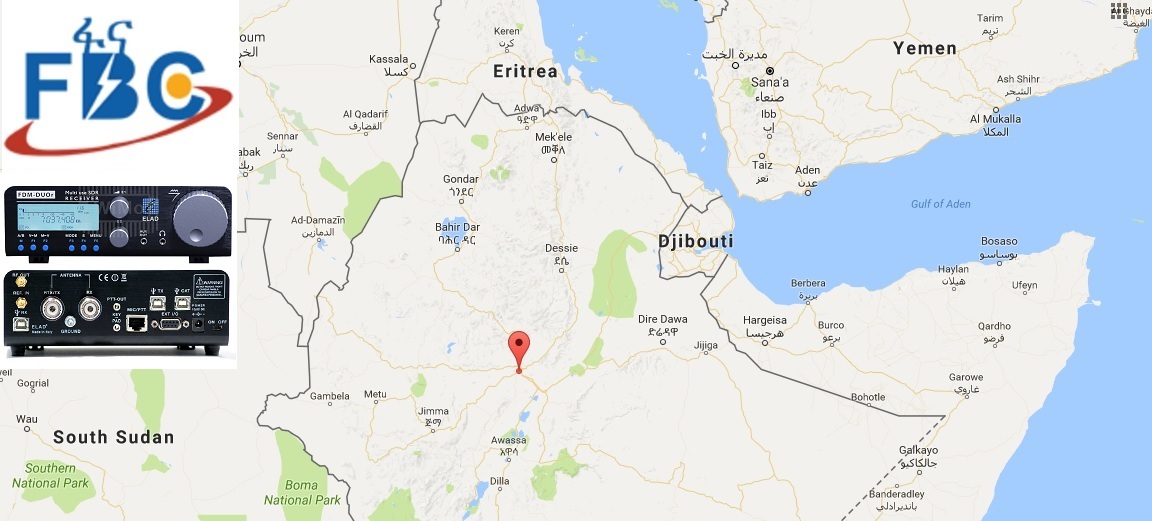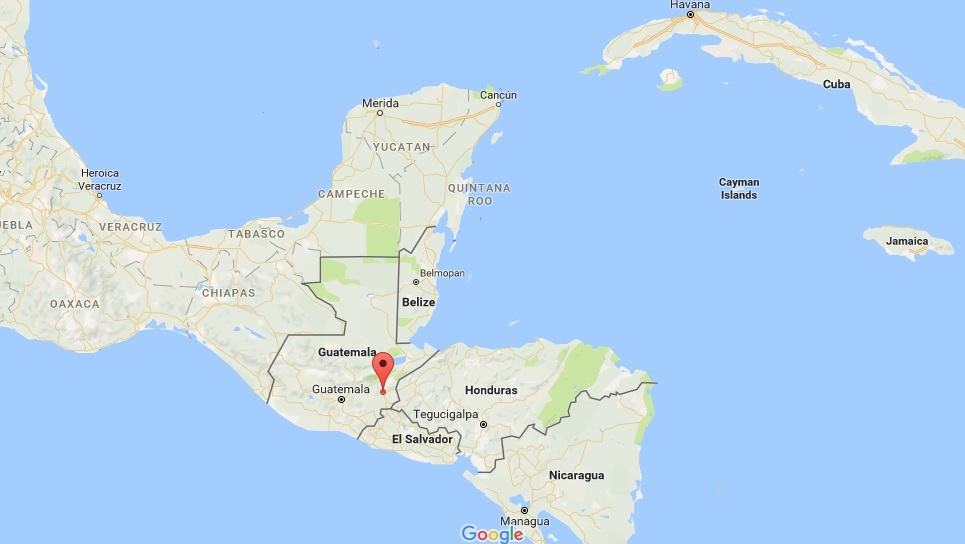 Hi there, I thought I would share some DX catches, all of which are rarely reported in Europe and yet I was fortunate enough to catch in Oxford UK, using a couple of different set-ups. The first is Radio Chaski Red Integridad from Urubamba Cusco, Peru, heard using an Elad FDM DUO and Wellbrook ALA1530 active loop antenna (indoors). The two subsequent receptions originate from Brazil; Radio 9 de Julho, Sao Paulo and Radio Transmundial,Santa-maria
Hi there, I thought I would share some DX catches, all of which are rarely reported in Europe and yet I was fortunate enough to catch in Oxford UK, using a couple of different set-ups. The first is Radio Chaski Red Integridad from Urubamba Cusco, Peru, heard using an Elad FDM DUO and Wellbrook ALA1530 active loop antenna (indoors). The two subsequent receptions originate from Brazil; Radio 9 de Julho, Sao Paulo and Radio Transmundial,Santa-maria 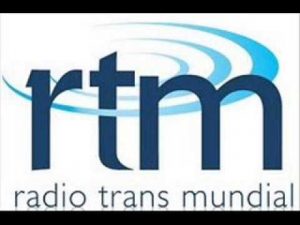 Camobi, both of which were caught using the venerable Sony ICF-2001D portable receiver and my 200 metre longwire antenna. In all three cases, persistence was necessary whilst optimum conditions of propagation aligned with my listening schedule at home and my less frequent, but regular DX’peditions.
Camobi, both of which were caught using the venerable Sony ICF-2001D portable receiver and my 200 metre longwire antenna. In all three cases, persistence was necessary whilst optimum conditions of propagation aligned with my listening schedule at home and my less frequent, but regular DX’peditions.
I am soon to deploy a 200 metre Beverage with adjustable termination resistance for nulling ‘rearward’ signals and matching transformers suitable for 75 and 50 Ohm receiver antenna inputs. I hope this will further improve my reception capability on both the MW and SW bands. Another post specific to that project is in the pipeline, but in the meantime, thanks for reading/ watching and I wish you all very good DX.
Direct link to Oxford Shortwave Log for Radio Chaski Red Integridad reception video
Direct link to Oxford Shortwave Log for Radio 9 de Julho reception video
Direct link to Oxford Shortwave Log for Radio Transmundial reception video
Clint Gouveia is the author of this post and a regular contributor to the SWLing Post. Clint actively publishes videos of his shortwave radio excursions on his YouTube channel: Oxford Shortwave Log. Clint is based in Oxfordshire, England.

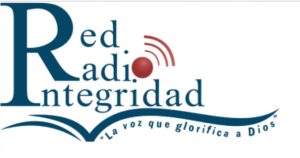
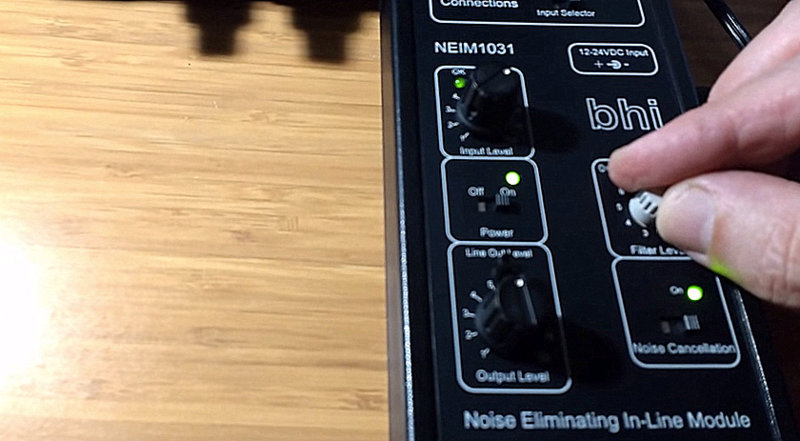
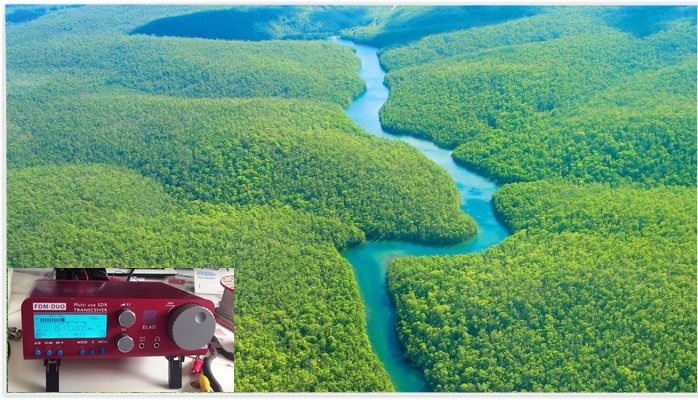

 Hi there, I thought I would share some Brazilian shortwave catches with you, obtained using my Sony ICF-2001D receiver and 200 metre experimental longwire. The first is Radio Bandeirantes, Sao Paolo on 9645.4 kHz. This is a station that I’ve only heard once or twice previously, but was received with excellent signal clarity and strength recently, using my deployable longwire antenna. I would rate this station as moderately difficult to receive with reasonable discernibility. The second is Radio Novo Tempo from Campo Grande, on 4894.9 kHz. This station I would rate as difficult to hear with discernible audio. The key is always signal-to-noise, thus moving yourself out of the ubiquitous blanket of QRM most modern environments endure will usually achieve this and of course coupled with sufficient space outdoors to erect a larger antenna will hopefully also improve signal strength. My final video on this post is Radio Nacional Brazilia on 6180 kHz. I would regard this station as quite easy to hear well; their effective TX power towards Europe is around 2 MW, however, outdoors, this station can literally boom in, with what might be perceived as local-AM signal strength. I hope you enjoy watching the videos and seeing/ hearing what’s possible with a modest set-up. As for the Sony ICF-2001D? Well the design is more than 30 years old, but in my opinion at least, still one of the very best portable shortwave receivers ever manufactured. Thanks and 73.
Hi there, I thought I would share some Brazilian shortwave catches with you, obtained using my Sony ICF-2001D receiver and 200 metre experimental longwire. The first is Radio Bandeirantes, Sao Paolo on 9645.4 kHz. This is a station that I’ve only heard once or twice previously, but was received with excellent signal clarity and strength recently, using my deployable longwire antenna. I would rate this station as moderately difficult to receive with reasonable discernibility. The second is Radio Novo Tempo from Campo Grande, on 4894.9 kHz. This station I would rate as difficult to hear with discernible audio. The key is always signal-to-noise, thus moving yourself out of the ubiquitous blanket of QRM most modern environments endure will usually achieve this and of course coupled with sufficient space outdoors to erect a larger antenna will hopefully also improve signal strength. My final video on this post is Radio Nacional Brazilia on 6180 kHz. I would regard this station as quite easy to hear well; their effective TX power towards Europe is around 2 MW, however, outdoors, this station can literally boom in, with what might be perceived as local-AM signal strength. I hope you enjoy watching the videos and seeing/ hearing what’s possible with a modest set-up. As for the Sony ICF-2001D? Well the design is more than 30 years old, but in my opinion at least, still one of the very best portable shortwave receivers ever manufactured. Thanks and 73.